June signals the official start of summer. And summer signals vacation. Dust off your passport and go collect yourself a stamp from Peru, Rwanda or somewhere in between.
Where to Travel in June
In the U.S. June means one thing: the official start of summer. Our thoughts drift to getting away from school, work or wherever else we’ve been holed up for the winter. June promises balmy breezes that palliate the climbing temperatures, as well as modest prices for travel.
The nice thing about traveling in June is that, while summer weather is in full swing in the northern hemisphere, flights and accommodation prices haven’t quite hit their mid-summer peaks yet.
While you might be paying a bit more than you did in May, you won’t be confronted with exorbitant July or August prices.
When all your colleagues are packing their bags and jetting off to foreign lands, you don’t want to be the only one left slaving away at work. There is no justification for spending June sweating in your office.
Feeling pumped for an adventure this June 2019? Dust off your passport. Now, all you need to do is decide where to go. Because June means winter in some of South America and monsoons in Asia, a little planning ahead is necessary for making the most of the month.
-
Galapagos Islands for SCUBA Diving

Yeah, scuba diving in the Galapagos is OK, I guess… Have you ever wondered why Charles Darwin loved the Galapagos Islands so much? June is the best time to find out. This month marks the beginning of the cool, dry season on this volcanic archipelago off the coast of Ecuador.
The Galapagos Islands are known for wildlife viewing. They offer some of the best scuba diving opportunities in the world.
In just one dive you could see manta rays, white-tipped reef sharks, penguins, seals, marine iguanas and thousands of different tropical fish.
If you haven’t got your PADI license (which stands for the Professional Association of Diving Instructors), or the idea of submerging yourself underwater for extended periods of time doesn’t sit well with you, snorkel instead. You will still see hundreds of marine species, and you won’t have to fork out for scuba equipment rental.
Those who would rather stay on dry land need not worry. This archipelago is teeming with land-based wildlife. Giant tortoises tend to be a favorite with visitors, along with pink land iguanas and dozens of species of birds, including flamingos and peregrine falcons.
-
Peru to Witness Inti Raymi

Seeing Inti Raymi in Peru is just one of those once-in-a-lifetime things! Photo credit: Flickr For most travelers, Peru summons thoughts of hiking Machu Picchu. While there’s no denying that the ruins of Machu Picchu are spectacular, it is an insult to the country to think that that’s all it’s good for. Peru is bursting at the seams with adventure opportunities, and by June, the rain will be gone and the country will be blessed with warm, sunny days and cool evenings.
Aside from the weather, however, a compelling reason to visit Peru in June is the Inti Raymi festival. A celebration of the sun, Inti Raymi is the biggest festival in South America.
For nine days, the streets of Cusco are filled with costume-toting Cusqueñans acting out ancient rituals and making merry with their compadres.
For Cusco, Inti Raymi is a really big deal. You, however, might not want to participate in the festivities for the full nine days. Thankfully, Cusco has loads of other things to do.
Trips to trek the Choquequirao route up Machu Picchu can be arranged in one of the dozens of travel agents near the Plaza de Armas.
And hikes to Rainbow Mountain can also be arranged. The Rainbow Mountain, also called Vinicunca or the Montaña de Siete Colores, boasts an altitude of 17,060 feet above sea level in the Andes of the Cusco region. The layers of variously colored sandstone and minerals pressed together over 24 million years to color the mountain rainbow.
If you would rather strike out alone, you can hike up to Cristo Blanco (a smaller version of Rio’s Christ the Redeemer) and the Sacsayhuaman Ruins. Alternatively, hop in a colectivo (minivan) on Calle Grau, and head out to one of the villages in the Sacred Valley. Pisac, Urubamba, and Ollantaytambo all have ruins to explore and authentic, indigenous markets to enjoy.
-
Rwanda to Look for Gorillas

This is just one of those life experiences you’ll never forget… In 1994, the world stood by as a nation beset by an immense labor divide between the Hutus crop-growers and Tutsis herdsmen perpetrated a ruthless genocide. But don’t let the details of Rwanda’s turbulent past deter you from visiting.
The Rwanda of today is practically unrecognizable—the economy is prospering, the capital is thriving, and people are flocking there in search of adventure.
June in Rwanda is the start of the dry season. Finally, the incessant rain that poured from March to May eases off and blue skies appear overhead. It’s ideal weather for spotting gorillas in the Virunga Mountains, don’t you think?
Seeing mountain gorillas is not cheap—but for good reason. As a result of civil war, poaching, and habitat destruction, the mountain gorilla has become the most endangered type of gorilla. Currently, the mountain gorilla’s habitat is limited to just protected national parks in two regions of Africa.
So, I’m going to be upfront with you about this. The park charges $1,500 per day per person, of which $150 goes to community development. This is a lot to shell out, but it can just about be justified because, well, gorillas!
A tour to see gorillas in Rwanda involves anything from two to six hours of hardcore hiking so get your fitness level up to scratch before you go. Unlike most African safaris, in which you are confined to a jeep while you search for wildlife, gorillas treks are on foot. This means you can get up close and personal (within reason) with the gorillas.
-
London, England to Explore its Green Spaces
England has a reputation for being rainy and grey and, for about half of the year, this is not inaccurate. However, in June the city buzzes with life. Beer gardens fill up and the parks teem with picnicker as smiles spread across the faces of once gloomy city workers.
When the sun is out, there is nothing a Londoner loves more than to grab some beers and head to one of the city’s green spaces.
A favorite is Primrose Hill, just a few minutes walk from Chalk Farm tube station. Stroll up to the top of the hill (It takes five minutes and you won’t even break a sweat!) for the most incredible views of the city. I recommend walking all the way to the top before you turn around to look—that way you don’t ruin the surprise for yourself.
Once you have taken in the views, there are dozens of other parks to explore in London.
From the green, rolling slopes of Hampstead Heath to the immaculate flower beds of Kew Gardens, London, you are certainly never short of natural beauty!
If you have some more time on your hands and want to check out one of London’s lesser-known parks, head over to the newly created Walthamstow Wetlands. Far from the madding crowds of central London, this spot is oh-so instagrammable. For a brief moment, you might even forget you are in the capital. If you need a refreshment after stretching your legs, The Ferry Boat Inn is right next door and has a huge beer garden that runs alongside a canal.
Or, if you’re looking to get your adrenaline pumping in London, climb over the O2 Arena. You’ll get amazing vistas of the city while clinging for life to an iconic building. What more could you want?
-
St. Tropez, France for Watersports

There are worse places on earth to play in the water… St. Tropez conjures up images of the rich and famous sipping champagne aboard their private yachts. Yes, St.Tropez can cater to an elite crowd, but this doesn’t mean there isn’t something on offer for everyone.
What do you get when you combine a coastline of fabulous beaches, gorgeous summer sunshine and a clientele that likes to keep active. Any ideas? The answer is prolific watersports opportunities.
St. Tropez offers virtually every watersport under the sun.
You can spend your days here wakeboarding, jet skiing, water skiing, paddleboarding, you name it. You can even delve below the surface with a scuba diving session.
And once you’ve exhausted yourself on the water, retire to the shore and treat yourself to a glass (read: bottle) of wine and a bowl of moules-frites, a dish of mussels and fries.
If you would rather stay on terra firma, seek out the Sentier du Littoral (a coastal walking route). This well-marked and well-trodden route snakes along the coast and around the peninsula, offering outstanding views of the sea, the rugged coastline and fine white sand beaches along the way. The trail takes you to places that would otherwise be accessible only by boat, but plenty of detours take your right down to the water.
-
La Paz, Bolivia to Ride Death Road

The most beautiful and insane road you ever did see. When you first arrive in La Paz, you will hear all about Death Road. Could there be a more forebodingly named tourist attraction? You kind of need to ride it just for the bragging rights.
Some consider Death Road the most dangerous road in the world.
It connects La Paz and Coroico, and it climbs to around 15,260 feet high at La Cumbre pass before gradually descending to 3,900 feet at the town of Coroico. And the severe change in altitude isn’t what makes the road menacing. Rather, it’s the fact that this road is cut into the side of the Cordillera Oriental Mountain chain, and as late as 1994, there were cars falling over the edge at a rate of one every two weeks.
The truth is, nowadays, Death Road is far less fatal than it sounds. Authorities don’t allow cars to drive along it (you know, because of all the deaths), but bikes have free reign.
Cycling Death Road is a half-day tour. You can book it in any tourism agency or hostel in the city. You will be taken to the very top of the road and, from there, told to get to the bottom on your own.
Note, however, you cannot take photos while you cycle. That’s because some poor soul once tried to take a selfie while cycling and plummeted to their death as a result. Also be aware that it can get very cold at night, so dress and pack wisely.
Finished conquering Death Road? Hop in a cable car and head out of the main city to the Valle de la Luna, a moon-like landscape comprising a labyrinth of rugged columns made of sandstone and clay. There is a path that leads through the valley, peppered with miradors (look-out points).
-
Iceland for Whale Watching

Can Iceland get any more incredible?! June is one of the best times of the year to spot whales off the shores of Iceland. That’s because blue, humpback, minke, fin and killer whales all pass by the island as part of their migration route.
Typically, cruises leave from the Old Harbor in Reykjavik and cruise around for three hours.
Your guides have an eye for finding and whale watching in Iceland. They will be able to spot the smallest flick of a tail from a mile away.
While tour companies can’t guarantee that you’ll see any whales, your chances are highest in the summer. If plans go awry, most will give you a free second shot.
So, you’ve spent three hours ogling whales, now what? In Iceland, you can find adventure around every corner. From the capital, follow the Ring Road that encircles the entire country. It would take you around 20 hours to drive the Ring Road without stopping. I recommend giving yourself at least a week to do it, though. This way you can stop off as much as you like.
Highlights along the Ring Road include Thingvellir National Park, which is home to impressive geysers and the Gullfoss Waterfall. There’s also the Sólheimajökull Glacier, which you can hike across in about four hours if you’re feeling daring.
June bursts with opportunity for adventures. In the northern hemisphere, summer is in full swing; sunshine drenches the landscapes that are ripe for exploring. So say goodbye to the office, don your hiking boots and get outside.
You’ll thank yourself when you don’t have to spend the whole month perspiring over spreadsheets.
So which intrepid escape is pulling you away from your desk this June? Let us know in the comments!
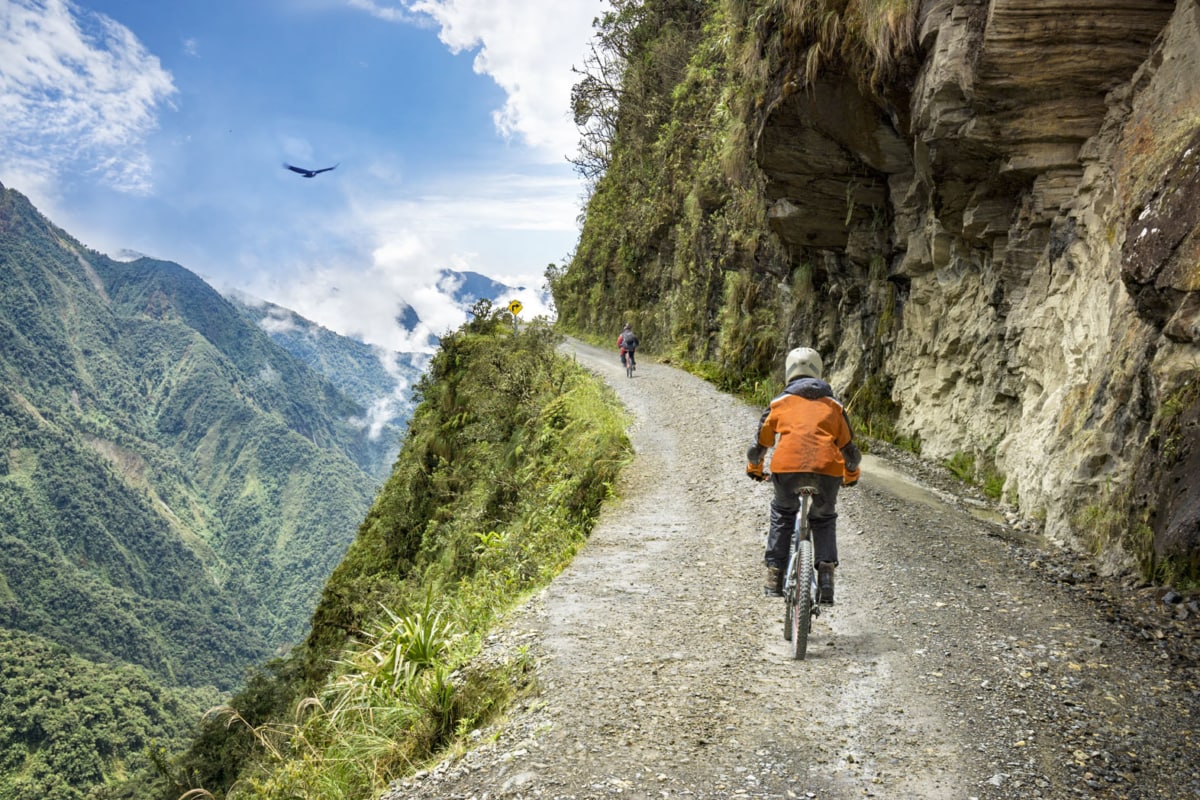


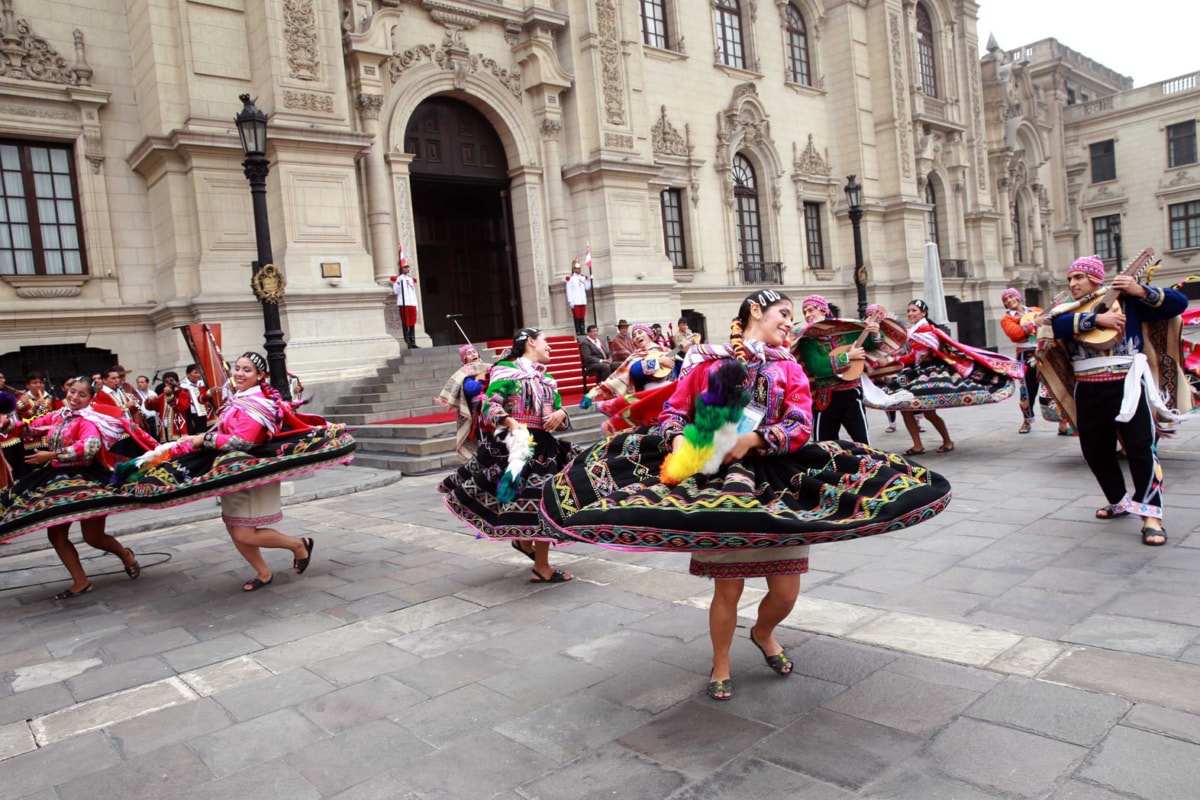
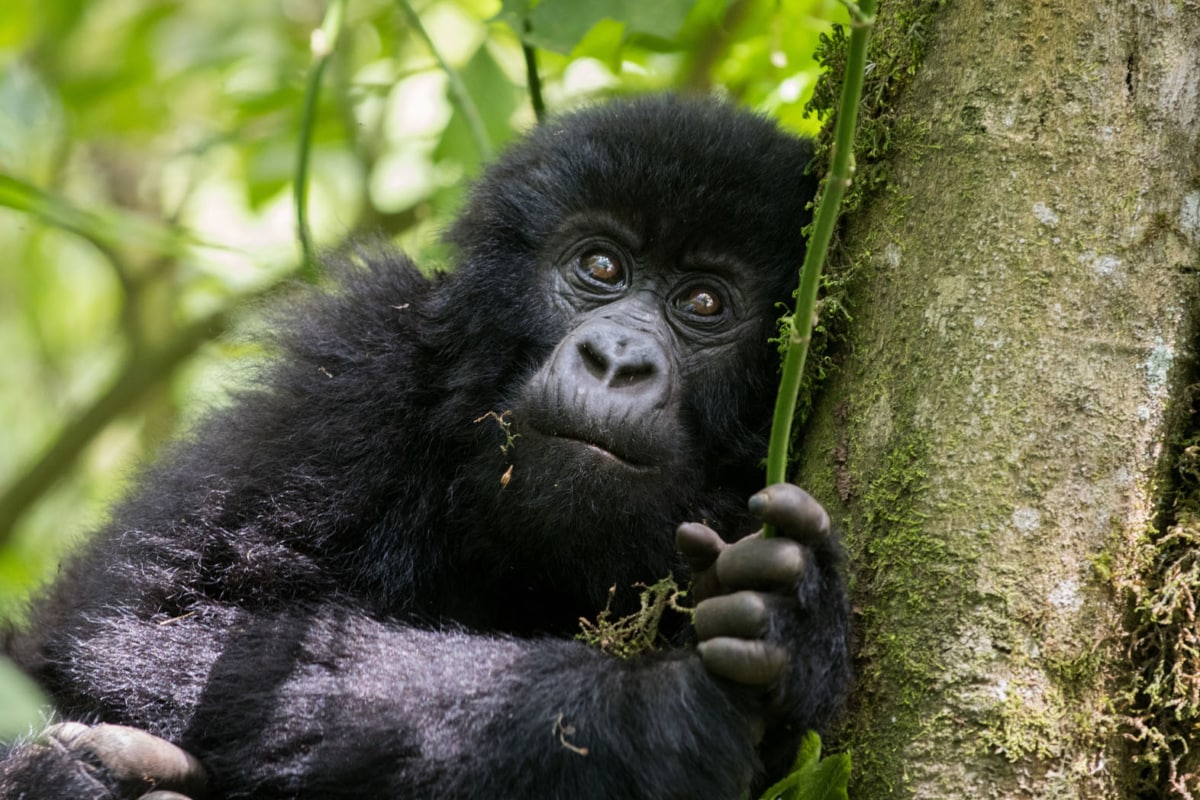
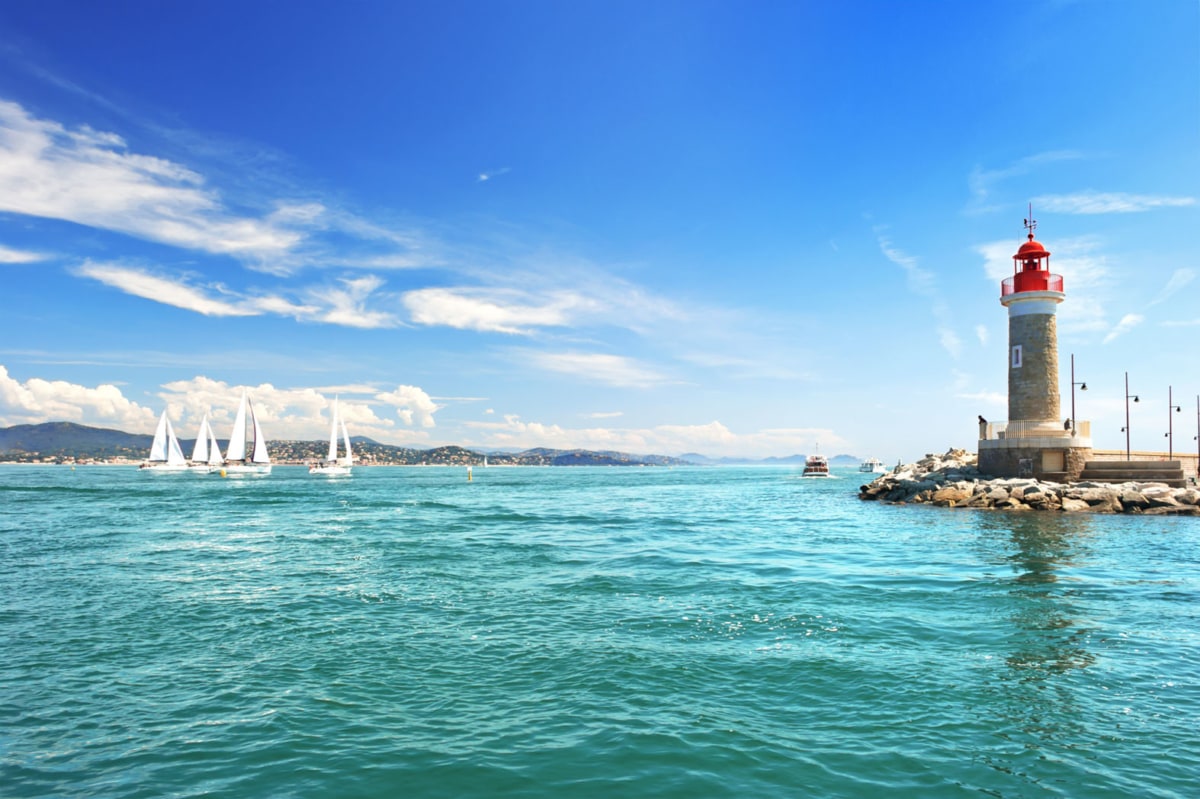
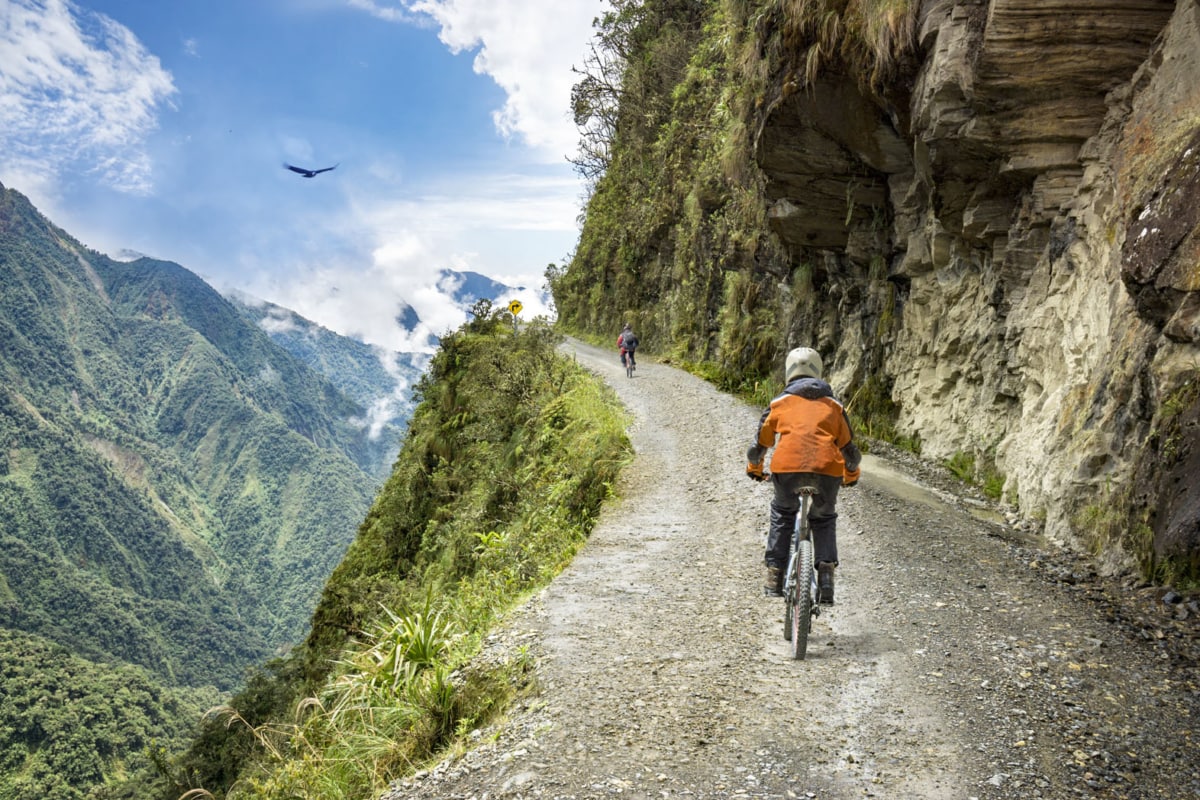
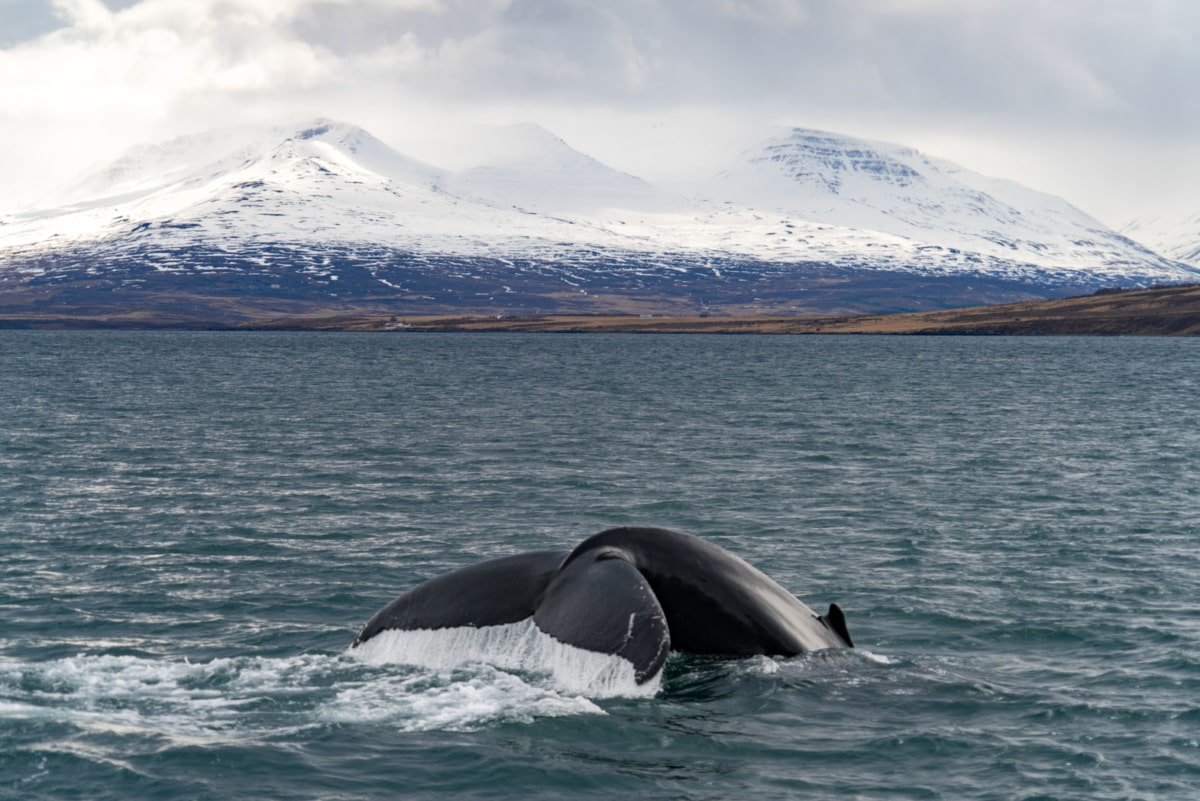
Some great suggestions, Jeremy! I’m afraid this month I’m going to keep it easy and only visit Sicily 🙂 But that should be fun too. Have you been?
I love water so you bought me with those places! Dreaming about a vacation now!
All these places look like great experiences…but I think I will sit Death Road out.
All places are best for holiday destinations. But Iceland Whale and Death Road will really a pure place to explore adventurous Earth.
Thanks for your tips…I would really love to visit there….It was really useful!!
Rent a car in Nepal and do visit
Great Information on amazing destinations regarding Where to Travel! Travelers will get truly benefited from the info like this. Thanks for sharing. I would be glad to share our info on another great destination for adventure and leisure holidays on https://www.grandeadventure.com/
What is your best galapagos scuba diving site? I would really like to go dive Gordon’s Rock but I currently only have Padi Open Water. Any more accessible dive site you would recommend?